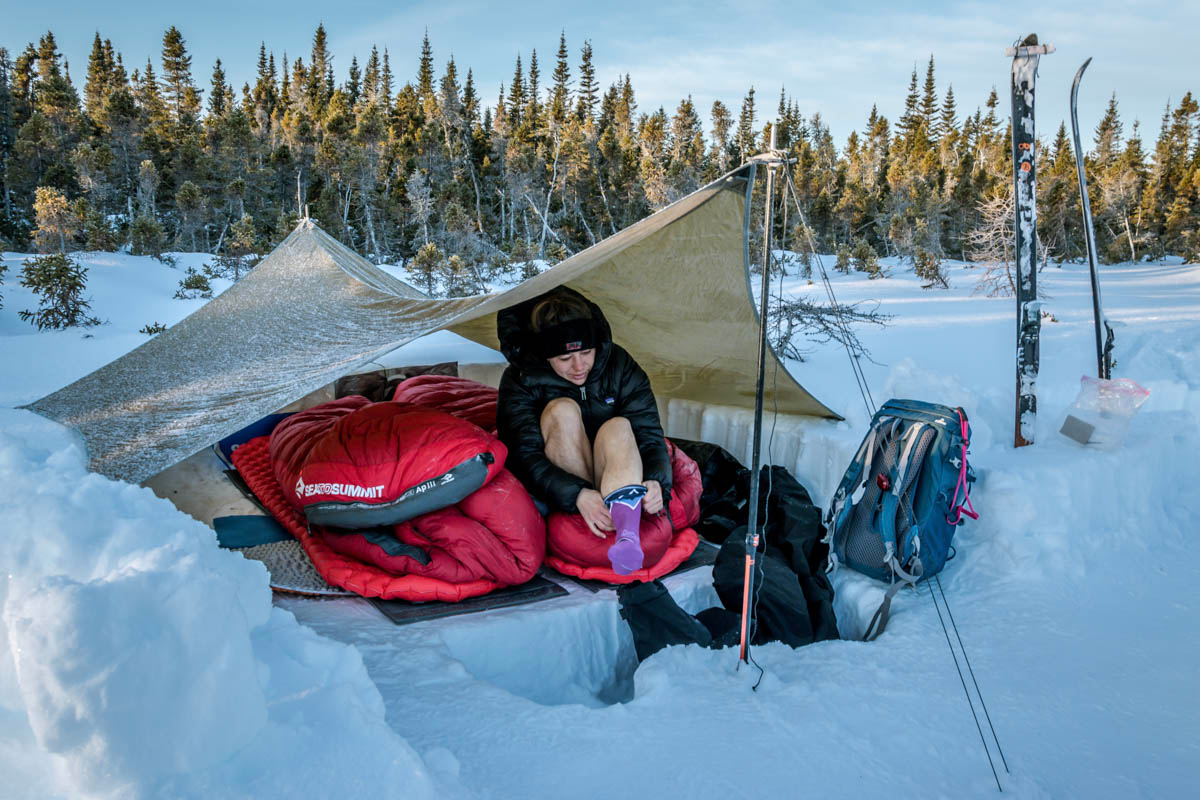Navigating Heavy Snow: A Comprehensive Guide
Heavy snowfall can be beautiful, creating a winter wonderland. However, it also brings challenges and potential dangers. Being prepared and knowing how to handle heavy snow is crucial to ensuring your safety and the safety of others. In this guide, we’ll explore essential steps and tips to navigate through heavy snow effectively.
1. Stay Informed
Keep an eye on weather forecasts to anticipate heavy snowfall. Understanding the predicted snow accumulation and timing can help you plan accordingly.
2. Prepare Your Home
- Insulate Your Home: Ensure your home is well-insulated to conserve heat during cold weather.
- Stock Supplies: Keep ample food, water, medications, and essential supplies in case you’re snowed in.
- Winterize Your Home: Inspect and maintain heating systems, insulate pipes, and seal any drafts.
3. Travel Safety
- Avoid Unnecessary Travel: If possible, stay off the roads during heavy snowfall.
- Check Your Vehicle: Ensure your car has antifreeze, appropriate tires, and sufficient fuel before heading out in snow.
- Carry Essentials: Have a winter emergency kit in your vehicle, including blankets, non-perishable food, water, a flashlight, and a first aid kit.
4. Safe Driving in Snow
- Reduce Speed: Drive below the speed limit and adjust your driving to the conditions.
- Increase Following Distance: Maintain a greater distance between your car and the vehicle in front to allow for more stopping time.
- Brake Carefully: Brake gently to avoid skidding, and if your car skids, steer in the direction you want to go.
5. Safety When Outdoors
- Dress Appropriately: Layer your clothing to retain heat, and wear waterproof, insulated boots, gloves, and a hat.
- Take Breaks: If shoveling snow or engaged in other outdoor activities, take regular breaks to prevent exhaustion or overexertion.
6. Clearing Snow Safely
- Use the Right Equipment: Use a snow shovel or a snow blower to clear driveways and walkways.
- Lift Properly: When shoveling, use your legs to lift and bend your knees to avoid back strain.
- Take Breaks: Pace yourself and take breaks to prevent fatigue.
7. Communication
- Stay Connected: Keep your phone charged and have alternate power sources like power banks available.
- Inform Others: Let family or friends know your plans and whereabouts, especially if you’re traveling.
Conclusion
Heavy snow requires careful preparation and cautious action. By staying informed, preparing your home, following safe driving practices, dressing appropriately, and helping others, you can navigate heavy snow safely and make the most of the winter season. Remember, safety is paramount.







